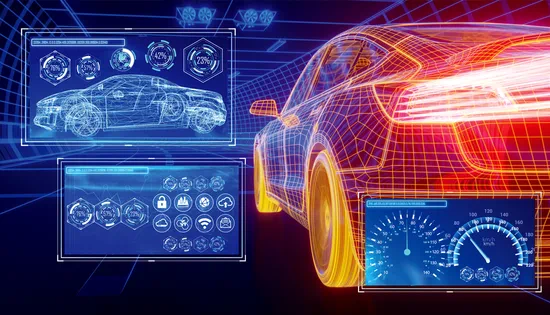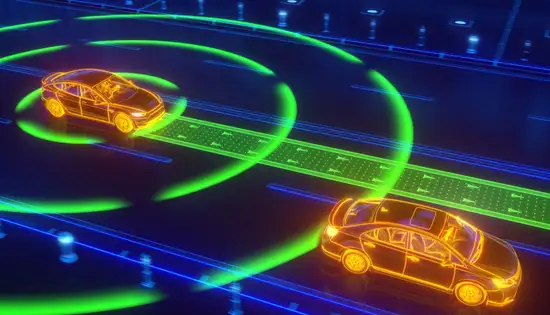Connected Vehicles


Testing and Quality Assurance services exclusively developed to provide integration testing services for highly connected vehicles.
Why is SIT important?
System Integration Testing Risks for the Automotive Industry
Part suppliers certify their component but do not conduct SIT testing
New hardware or software updates require end-to-end testing
Costs of poor quality are enormous (reputation, remediation, trust)
Automotive Software Recalls are significant and growing annually (Over 10 million in 2019 and 300,916 more than 2018)
New vehicles require end-to-end integration testing
End to End testing of ECU controlled components is difficult and expensive
Vehicles are susceptible to integration issues even when the individual parts work
Many OEM’s use waterfall SDLC versus Agile leading to critical software testing late in the cycle
How
What is required for a successful SIT solution
Successful Solution
- Full Automation of Integration Testing
- Rapid, comprehensive and flexible approach
- Hardware independent
- Digital
- Comprehensive, accommodate any model, protocol, communication infrastructure, architecture and design
- Easy to use and Portable
- A fully customizable configurable model to deal with multiple variations in the components and their interaction with other components
Results
- Improved Customer Satisfaction
- Increase speed to market, quality and reduce costs of development
- Provide in-depth knowledge and understanding of comprehensive testing not available to GM
- Enhance compliance with critical safety international standards (ISO-26262)
- Assurance that automotive components and parts will work as expected
- Assure that components that are indirectly linked are not overlooked
Our Approach
- Proprietary advanced model-based testing methodology for highly complex configurable system (Patent Pending)
- The methodology applied to modelling all components in a connected vehicle to enable a fully automated testing
- Supports all different communication protocols in a vehicle, including CAN, LIN, MOST, FlexRay, Automotive Ethernet, Bluetooth, WiFi, LTE/5G
- Automatically generate relevant & valid test cases for each component or subsystem using graph
- Automatically execute test cases by injecting messages into all vehicle networks
- Listening to the network messages sent through any automobile communication networks and Pass/Fail test cases accordingly
Summary
System Integration Testing for Automotive Industry
- Identifies all permutations of a system to be tested based on our pre-built model
- Easily customizable to any make, model and series of vehicles
- Automatically generates all the automated tests and their expected results for a given vehicle
- Connects to a physical vehicle (or bench vehicle) via ODBII
- The model is then converted to test cases and run against the physical system automatically
- Can introduce extreme weather influences during testing through a partnership with ACE
Quality Assurance Services Provided by QAC Team
Selected Project Examples:
- Testing ECU’s
- Testing Head Units
- Connected Vehicle Testing Multiple Components
- Mobility Device Compatibility
- Automation Systems Testing Multiple OEM’s
- AUTOSAR
- Motor Control units
- Electrical Vehicles
- ADAS
- Blackberry QNX OS, Automotive Grade Linux(AGL)
- Environmental Testing Multiple OEM’s
- Supplier Component Testing Multiple OEM’s
8 Major OEMS* from North America, Europe, Korea, and Japan
*Unnamed Due to Confidentiality Agreements.
Current Clients


